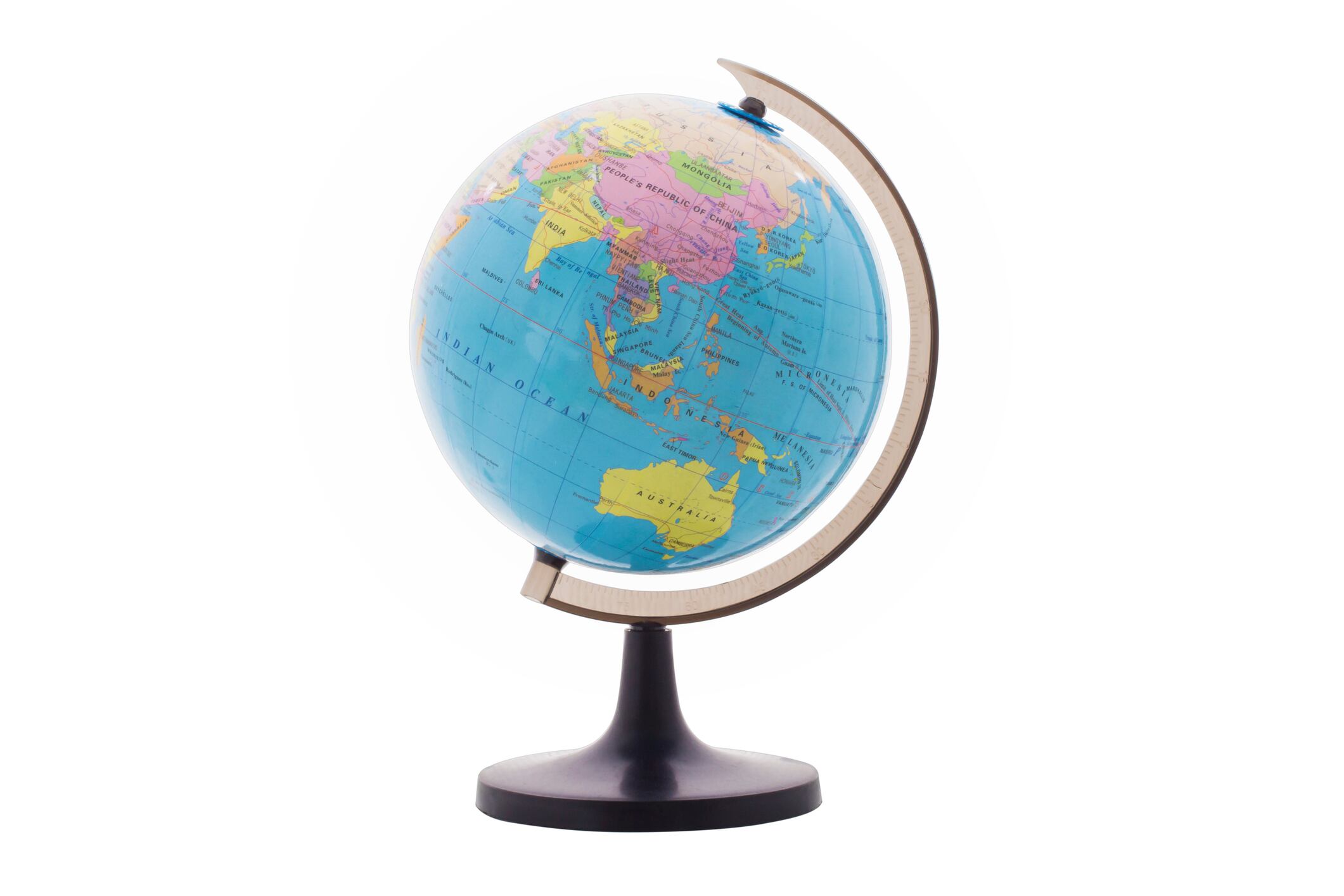Active lifestyles

Health and wellness is at the top of consumers’ minds in APAC, with 65% of consumers saying they are ‘always or often’ influenced by this when choosing what they eat and drink.
“Against this backdrop, beverage companies are mapping out the wellness considerations for the products they are offering to attract a niche market of specialists such as sports enthusiast and athletes, whilst also appealing to the mainstream of active lifestylers,” said Chopra.
“For example, Applelachia launched a sparkling apple cider drinks range that incorporates foreign ingredients like Yuzu, a citrus fruit used as a tonic by samurais to boost their immune system, in Australia.”
Unusual ingredients and authentic indulgence
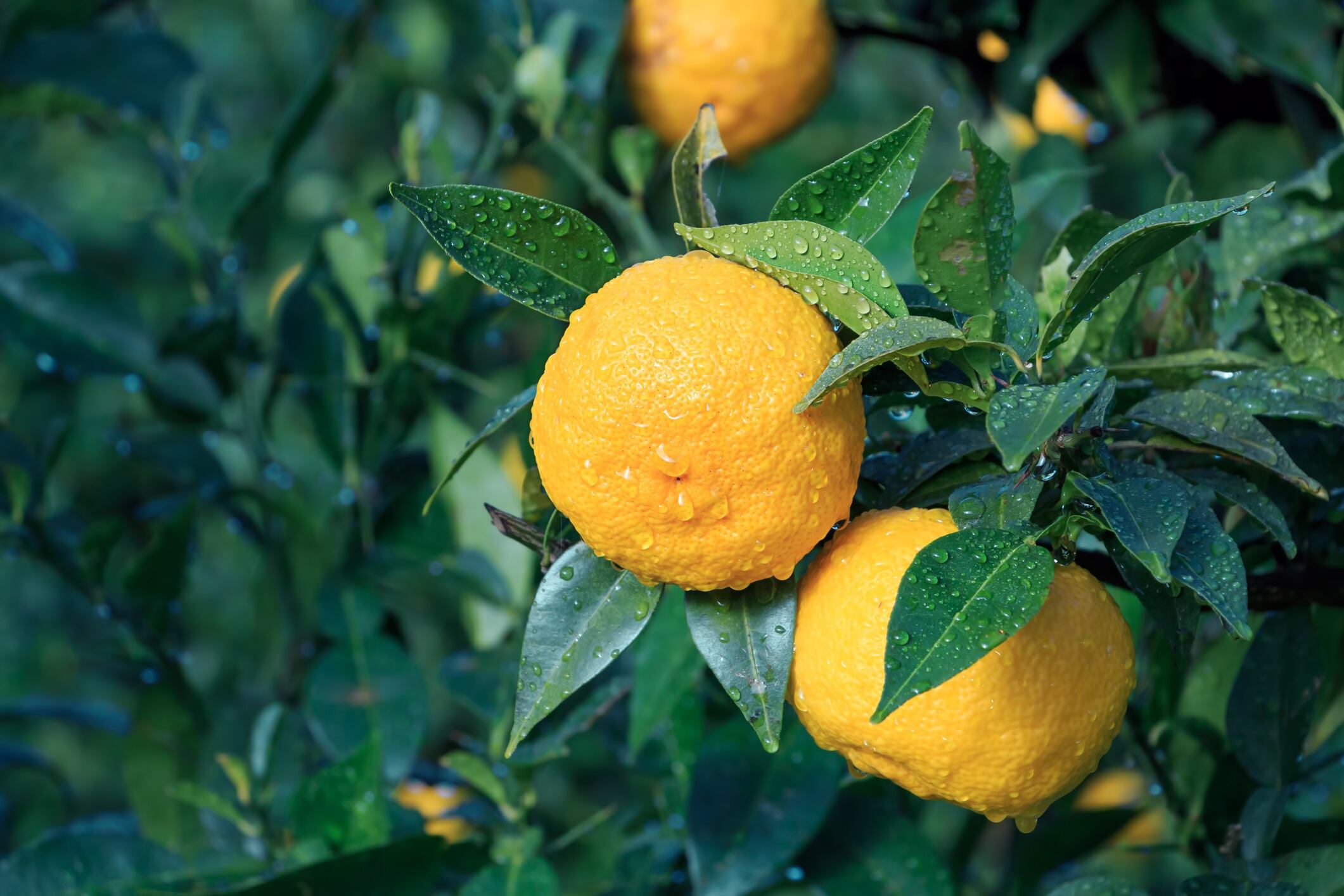
Consumers are keen to try out new flavors and ingredients – according to GlobalData, 17% of consumers like to experiment with novel ingredients.
This in turn can create opportunities for manufacturers.
“For instance, India-based urban lifestyle beverage brand Zago launched Iced Masala Chai, which offers a ‘refreshing’ twist to traditional ready to drink teas infused with traditional aromatic flavors such as cardamom and ginger,” said Sumit Chopra, consumer research director, GlobalData.
In addition, 40% of consumers are willing to pay more for high quality or premium products, opening the doors further for specialty products and ingredients. An authentic brand image is also key to inspiring consumer trust and loyalty.
Small packs
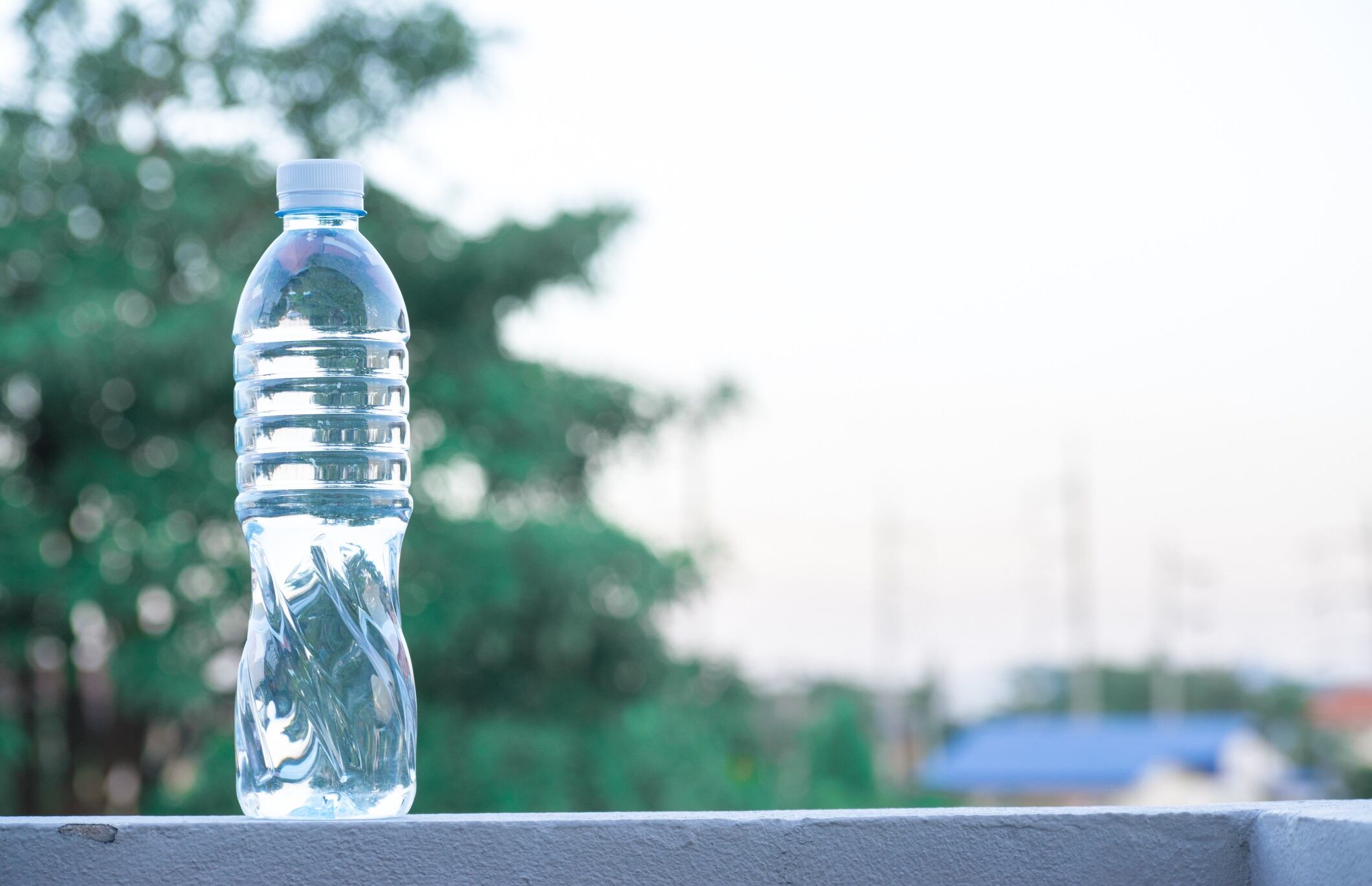
An overarching trend towards on-the-go consumption is driving consumers towards single-serve pack sizes and products in PET or small metal cans, according to GlobalData.
APAC consumers prefer small single-serve pack sizes and seek out new products packed in PET and small metal cans, reflecting the overall emerging trend in the region towards on-the-go consumption.
“For instance, Locally Merci Buco 100% organic coconut water in a 330ml Tetra Pak variant bagged a packaging excellence award for an innovative PET squeezable bottle in 2019 in the Philippines, as it catered to the strong association between energy drinks and on-the-go consumption,” said Chopra.
Sugar shake-up
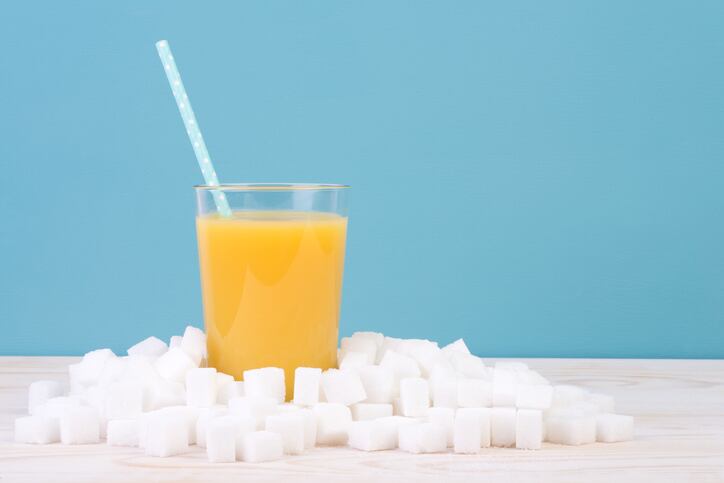
Malaysia's Ministry of Health introduced a tax on sugar-sweetened beverages on July 1, illustrating the rise in sugar taxes in an effort to curb obesity. In Malaysia, beverages containing added sugars of more than 5g per 100ml (and 12g per 100ml for fruit or vegetables juices) are now subject to the tax.
“Beverage companies need to be ready for the likelihood of stringent regulations, as the governments across the region are exercising more power, particularly around issues such as obesity and consumer welfare,” said Chopra.
As a result, manufacturers can be expected to accelerate reformulation efforts to mitigate the effect of a sugar taxes on their businesses. In Malaysia, for example, Fraser & Neave (F&N) Holdings Bhd has pledged to reformulate 70% of its portfolio.
Alcohol moderation
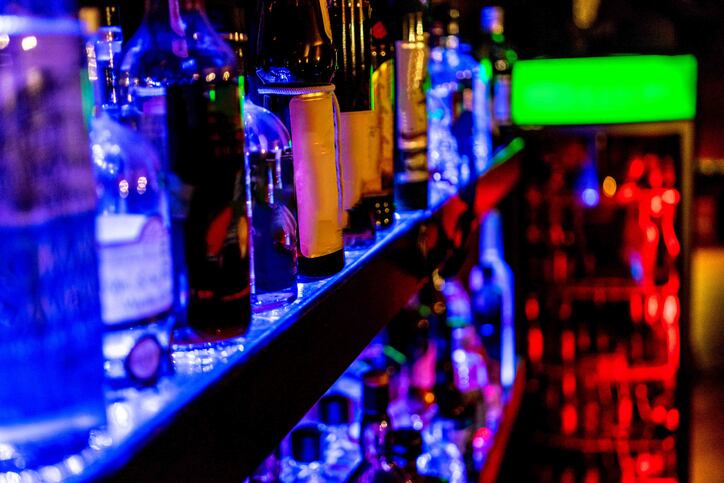
Tying into the drive for health and wellness, consumers are seeking to cut their alcohol intake.
This is leading manufacturers towards lower alcohol beverages using healthier ingredients.
“Heineken's launch of new zero-alcohol beer Heineken 0.0 in Singapore fulfils the growing demand for non-alcoholic alternatives,” notes Chopra.
Pictures: getty/Dekdoyjaidee; contrail1; pakornsungkapukdee; DA69; photka

